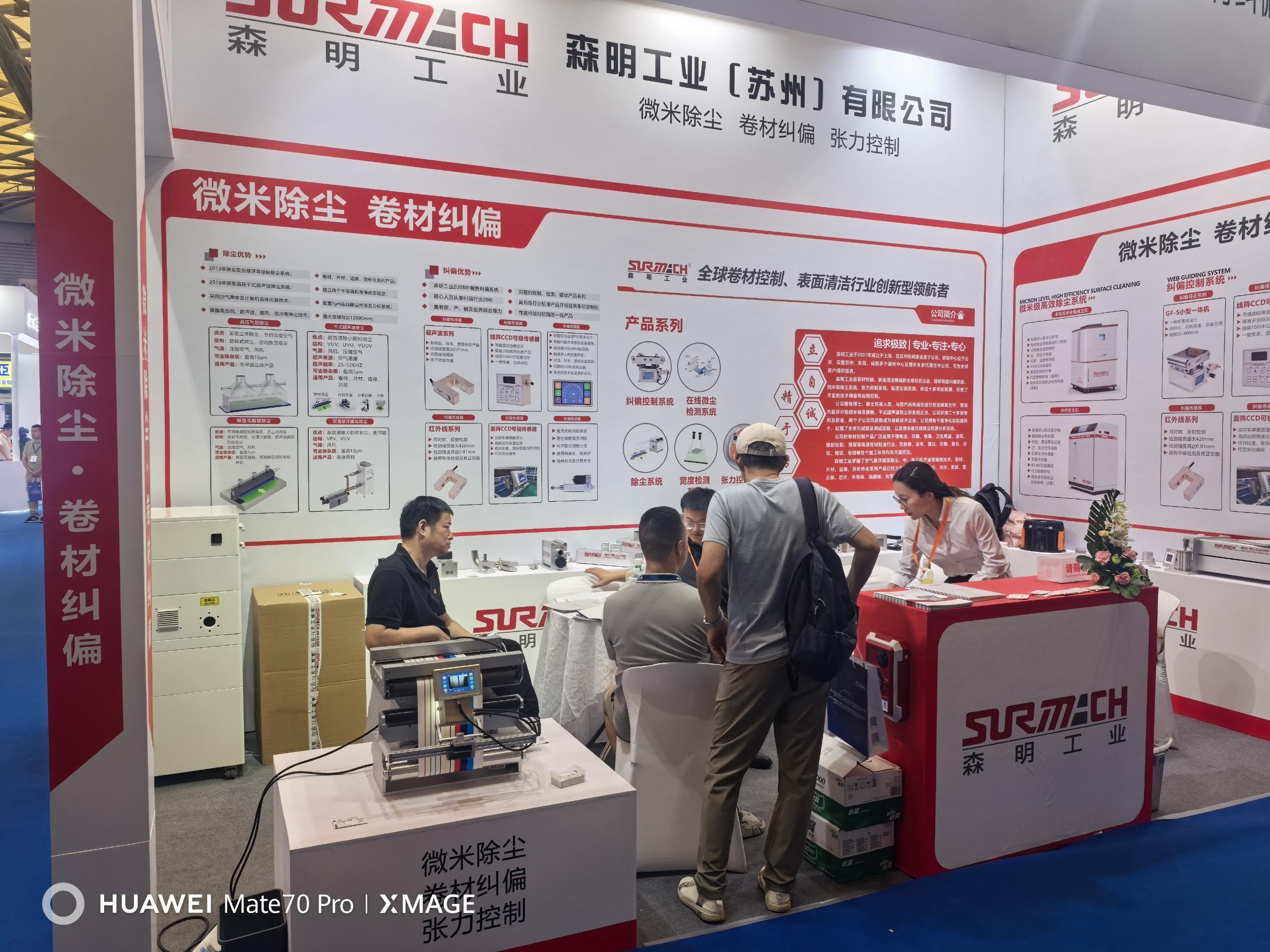Understanding Idler Type Tension Sensors: Innovating Precision in Industrial Applications
Date:
2025-04-06
Idler type tension sensors are specialized devices designed to measure the tension in various applications, such as conveyor systems, textile manufacturing, and wire production. These sensors are critical for ensuring optimal performance by monitoring and adjusting the tension of materials, which can significantly impact the efficiency and quality of production processes.
The operational principle of an idler type tension sensor is relatively straightforward. It typically consists of a roller or idler that is positioned on a tensioned belt or cable. As the material moves, the sensor detects the amount of force being exerted on the idler. This information is then translated into an electrical signal, which can be used for real-time monitoring and control of tension levels. The ability to continuously monitor tension ensures that materials are neither too loose nor too tight, preventing potential damage and enhancing operational efficiency.
One of the key advantages of using an idler type tension sensor is its ability to provide precise measurements. Accurate tension monitoring is vital in various applications; for example, in conveyor systems, improper tension can lead to slippage, uneven wear, and operational downtime. By employing these sensors, manufacturers can optimize their processes, leading to increased productivity and reduced maintenance costs.
Moreover, idler type tension sensors are known for their durability and reliability. Often constructed from robust materials, they can withstand harsh industrial environments, making them suitable for a wide range of applications. These sensors are also relatively easy to install and integrate into existing systems, allowing for a seamless upgrade to enhance measurement capabilities.
In addition to their primary function of tension measurement, idler type tension sensors can also contribute to safety. By providing accurate data, these sensors can help prevent accidents related to material failure or machinery malfunction. This aspect is particularly crucial in industries where heavy loads are common, as maintaining proper tension directly correlates with the safety of personnel and equipment.
When considering the implementation of idler type tension sensors, it’s essential to evaluate the specific needs of your application. Factors such as the type of material being monitored, the required measurement range, and the environmental conditions should all be taken into account. By selecting the right sensor, you can ensure that your tension monitoring system operates efficiently and effectively.
In conclusion, idler type tension sensors play a vital role in various industrial applications by providing accurate tension measurements that enhance operational efficiency and safety. Their robustness and reliability make them a valuable addition to any system requiring tension monitoring. Understanding how these sensors work and their benefits can help businesses make informed decisions to improve their processes and achieve higher productivity levels.
The operational principle of an idler type tension sensor is relatively straightforward. It typically consists of a roller or idler that is positioned on a tensioned belt or cable. As the material moves, the sensor detects the amount of force being exerted on the idler. This information is then translated into an electrical signal, which can be used for real-time monitoring and control of tension levels. The ability to continuously monitor tension ensures that materials are neither too loose nor too tight, preventing potential damage and enhancing operational efficiency.
One of the key advantages of using an idler type tension sensor is its ability to provide precise measurements. Accurate tension monitoring is vital in various applications; for example, in conveyor systems, improper tension can lead to slippage, uneven wear, and operational downtime. By employing these sensors, manufacturers can optimize their processes, leading to increased productivity and reduced maintenance costs.
Moreover, idler type tension sensors are known for their durability and reliability. Often constructed from robust materials, they can withstand harsh industrial environments, making them suitable for a wide range of applications. These sensors are also relatively easy to install and integrate into existing systems, allowing for a seamless upgrade to enhance measurement capabilities.
In addition to their primary function of tension measurement, idler type tension sensors can also contribute to safety. By providing accurate data, these sensors can help prevent accidents related to material failure or machinery malfunction. This aspect is particularly crucial in industries where heavy loads are common, as maintaining proper tension directly correlates with the safety of personnel and equipment.
When considering the implementation of idler type tension sensors, it’s essential to evaluate the specific needs of your application. Factors such as the type of material being monitored, the required measurement range, and the environmental conditions should all be taken into account. By selecting the right sensor, you can ensure that your tension monitoring system operates efficiently and effectively.
In conclusion, idler type tension sensors play a vital role in various industrial applications by providing accurate tension measurements that enhance operational efficiency and safety. Their robustness and reliability make them a valuable addition to any system requiring tension monitoring. Understanding how these sensors work and their benefits can help businesses make informed decisions to improve their processes and achieve higher productivity levels.
Related information
2025-05-21
2025-05-21









